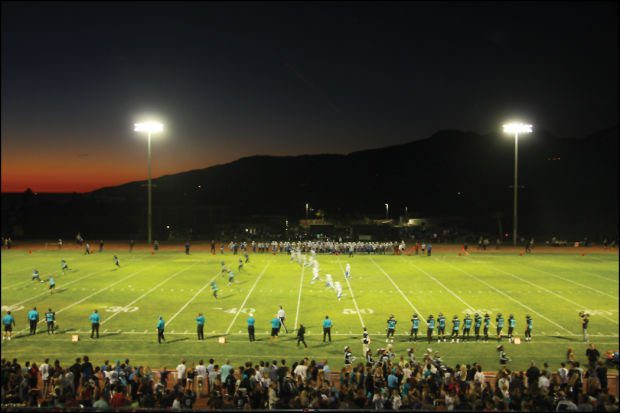
The City Council voted Monday to solicit request for proposals (RFPs) for the drafting of citywide lighting standards, but a recommendation on which consultant to hire likely will not come back to the council table until December or January.
Citing a heavy workload for the planning department, Councilwoman Laura Rosenthal urged fellow council members to consider postponing issuance of the RFP altogether, since senior planner Joseph Smith announced he would be departing the city at the end of July.
Smith was tasked with a few big-ticket planning items: the lighting ordinance, the Malibu High campus improvement project and a draft ordinance regulating chain stores in the Civic Center.
Rosenthal feared making the lighting ordinance the main priority would overwhelm the planning staff.
“This really isn’t about delaying anything, it’s about doing the best job,” Rosenthal said.
Ultimately, the council and Planning Director Joyce Parker- Bozylinski agreed to issue the RFP, but take the interview process slow while other big planning items are worked on.
Until Monday, city officials had put the lighting ordinance on a fast track after nighttime lighting in Malibu became the subject of several disputes, especially in projects at Malibu High School. A zoning subcommittee (ZORACES) met to make its recommendation to the council in May, and recommended the city hire a consultant for $25,000 to help adopt a dark sky ordinance based on a national standard called the Model Lighting Ordinance, or MLO.
The MLO separates areas of the city into zones depending on the amount of existing development, with corresponding appropriate levels for each. It would apply to all zoning types except for state highways. High-intensity lights such as those used for football fields or parking lots would require a special permit and application process.
Public speakers on Monday supported the drafting of the ordinance, but were not entirely convinced on the MLO being used as a template. Parts of the MLO have been adopted by other cities, but the MLO in its entirety has yet to be modeled by a city.
“I do have some concerns over why other cities haven’t adopted it. Perhaps there are some unintended consequences,” said Marianne Riggins.